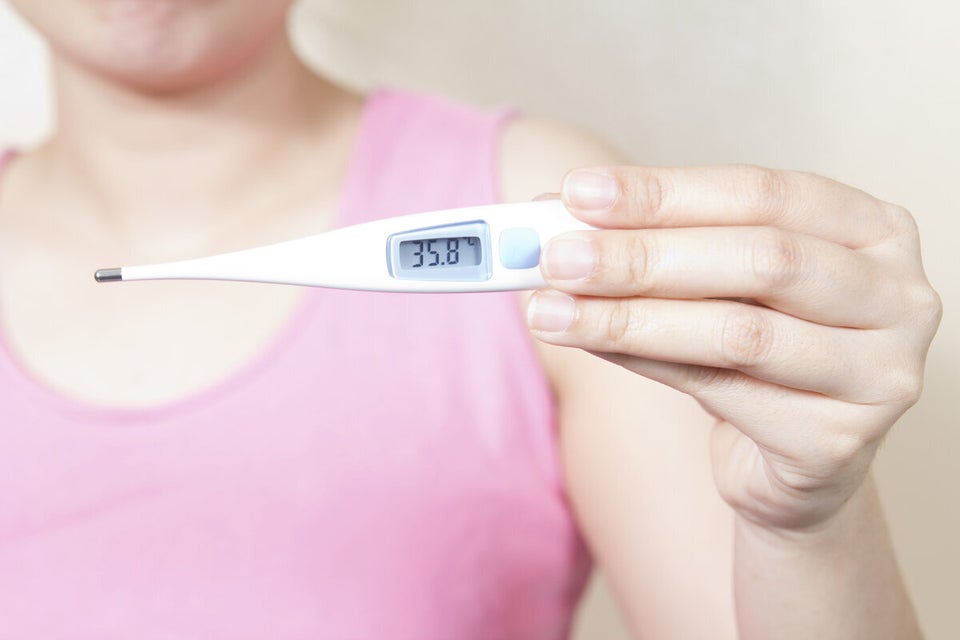It's that time of year again, when you're surrounded by people coughing, sneezing and sniffing.
You can catch cold and flu all year round, but becoming ill from the infections is more likely to happen when the temperature drops and evenings grow shorter.
But what exactly is the difference between cold and flu?
In the above video, Dr. Ricky Gondhia answers this common question and also gives advice on the best way to treat both illnesses.
Despite sharing symptoms, flu is not the same as the common cold - both are caused by different groups of viruses.
The biggest difference in cold and flu is the severity of symptoms.
With both, your nose may run and you may experience headaches, but with a cold, you should be able to carry on with your usual daily tasks.
When you’ve got the flu, you’ll feel much more tired. Added symptoms include feeling achy all over and having a temperature. Some also experience diarrhoea or sickness.
The good news is that after about a week, symptoms of flu should begin to ease.
So how can you speed up recovery?
Both cold and flu are viral infections, so antibiotics will not help. The best way to manage symptoms is to take paracetamol to keep pain at bay and your temperature down. You'll also need to drink lots of water to keep yourself well hydrated.
The most important thing to do if you’re suffering from cold or flu is to rest up - turn down that invite for a night out and get the sleep you need.
SEE ALSO:
12 Common Cold And Flu Prevention Mistakes We All Make
Introducing The Germinator: The Flu-Fighting Jacket That 'Protects Commuters Against Germs'
